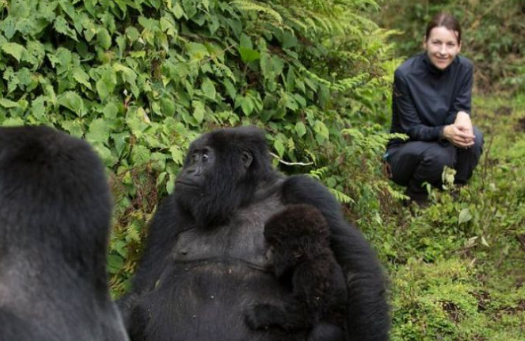How Gorillas React to Human Presence
Understanding how gorillas react to human presence is crucial for conservation efforts, wildlife tourism, and fostering a harmonious relationship between humans and these magnificent primates. As our closest living relatives in the animal kingdom, their responses offer valuable insights into their behavior, social structures, and needs. This article explores various dimensions of gorillas’ interactions with humans, shedding light on their reactions and the implications for both species.
Gorilla Behavior in the Wild
In their natural habitats, gorillas display a complex range of behaviors when encountering humans. Generally, wild gorillas tend to be shy and cautious, often retreating or observing from a distance. This natural wariness is a protective mechanism that has evolved over centuries. When faced with human presence, they may show signs of stress, such as vocalizations or retreating into denser foliage. However, habituated gorillas, often found in regions with eco-tourism, may exhibit curiosity and even approach humans, demonstrating their ability to adapt to changing environments.
Impact of Human Interaction
The type of human interaction can significantly affect a gorilla’s behavior. Positive encounters, such as those during regulated eco-tours, can promote awareness and appreciation for gorillas, contributing to conservation efforts. Conversely, negative interactions, including poaching or habitat destruction, can lead to serious consequences for gorilla populations. Negative human impact can cause stress and disrupt their social structures, ultimately hindering their survival. Understanding the dynamics between gorillas and humans can guide efforts to minimize negative impacts while fostering beneficial interactions.
Conservation Education and Ethical Tourism
Promoting ethical tourism and conservation education is essential to ensuring a positive relationship between gorillas and humans. By educating visitors about gorilla behavior and the importance of their habitats, we can create a more respectful and informed tourist experience. Responsible tourism practices, such as maintaining distance, following guidelines, and supporting local communities, help protect these animals and their environment. This approach not only enhances the safety and well-being of gorillas but also enriches human understanding of these incredible creatures.
In short, gorillas’ reactions to humans are multifaceted, influenced by factors such as habitat conditions, lifestyle habits, and human behavior. By advocating for respectful interactions and actively supporting relevant conservation projects, we have the opportunity to collectively build a future where humans and gorillas coexist harmoniously.
Meanwhile, many artists who love nature and wildlife draw inspiration from the power and emotions of gorillas, creating diverse artworks such as gorilla sculptures and paintings. These artworks not only showcase the charm of gorillas but also raise public awareness of wildlife conservation.
If you wish to learn more about gorilla behavior and participate in conservation efforts, consider visiting a wildlife sanctuary or supporting organizations dedicated to gorilla conservation to contribute to the protection of this precious species.

